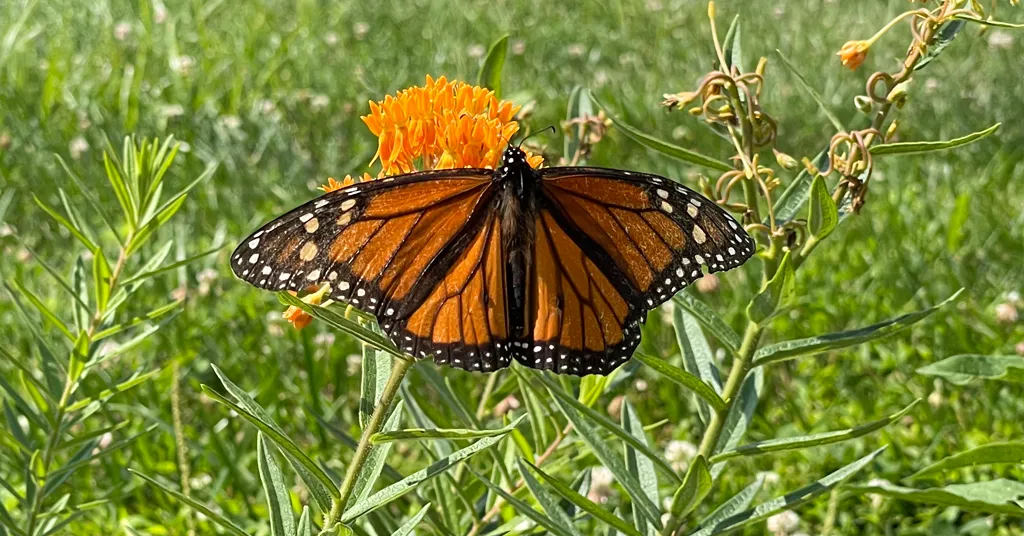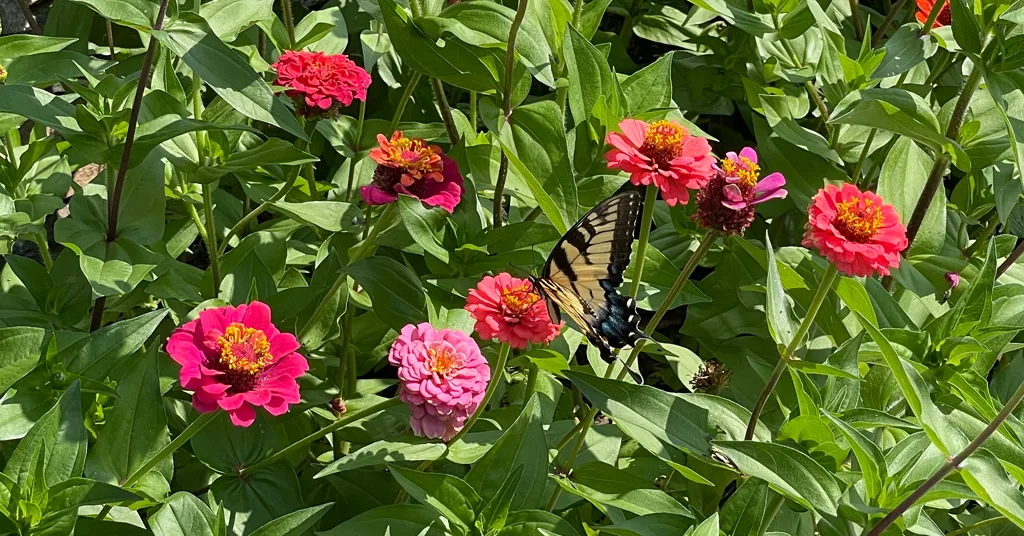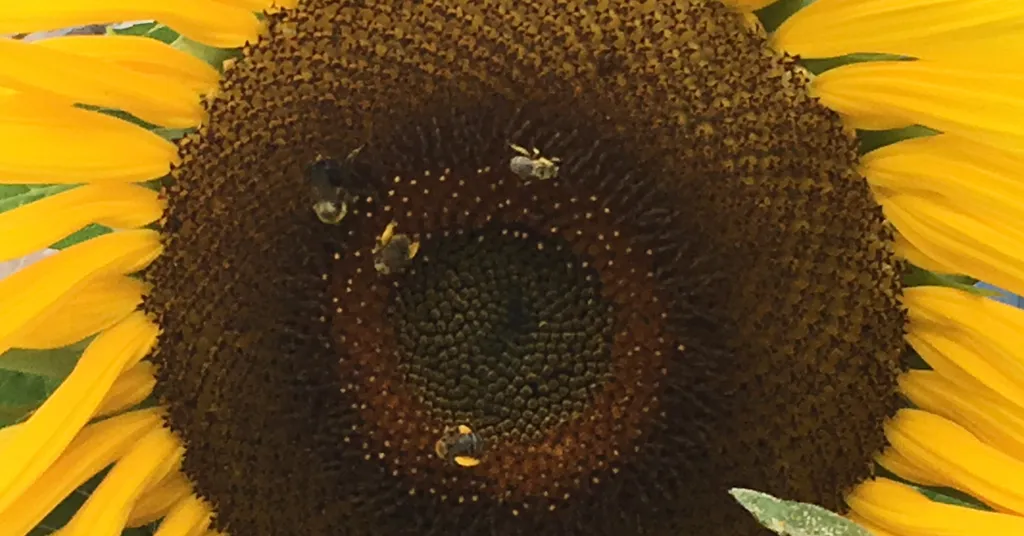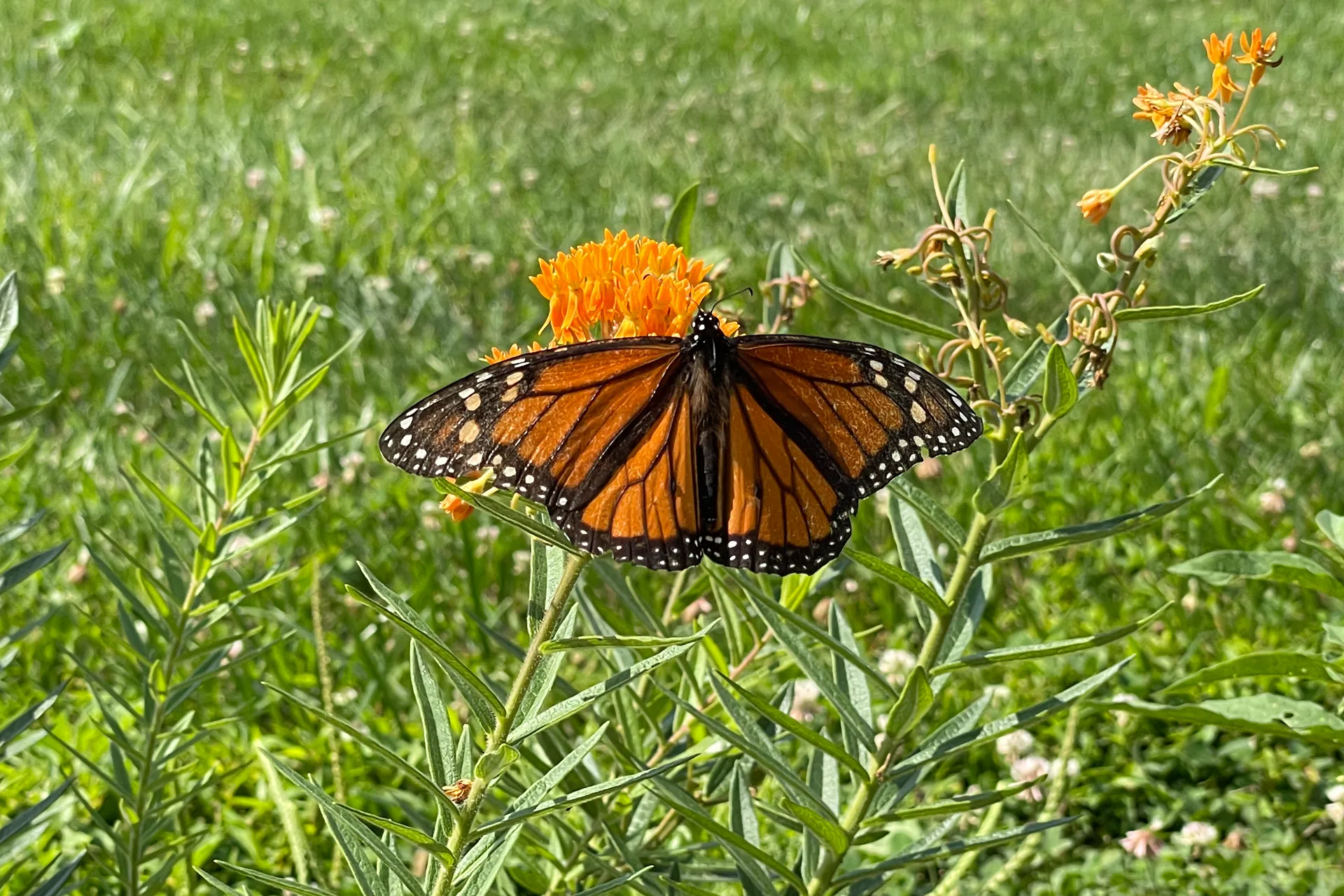This post may contain affiliate links. When you purchase through links on my site, I may earn a commission at no cost to you. See my Privacy Policy for details.
Creating a garden for attracting pollinators is not only beneficial for your plants but also for the environment. Pollinators like bees, butterflies, and hummingbirds play a crucial role in the pollination process, which is essential for the reproduction of many plants. You can create a pollinator-friendly garden that will attract these beneficial insects and animals.
Choose Native Plants
Native plants are well-adapted to the local climate and soil conditions, making them attractive to native pollinators. They also require less maintenance, as they are naturally suited to the environment. Choose a variety of plants that bloom at different times of the year to provide food for pollinators throughout the seasons.
Where to Find Native Plants for Sale
Finding native plants for your pollinator-friendly garden is easier than you might think. Many local nurseries and garden centers specialize in native plants and can help you find the perfect additions to your garden. Additionally, many online retailers offer a wide selection of native plants that can be shipped directly to your door. Here are some places where you can find native plants for sale:
- Local Nurseries and Garden Centers: Visit your local nurseries and garden centers to see if they carry native plants. Many nurseries now specialize in native plants and can provide expert advice on which plants are best suited to your garden.
- Native Plant Sales: Many organizations, such as botanical gardens, conservation groups, and native plant societies, host native plant sales. These sales often feature a wide variety of native plants at affordable prices.
- Online Retailers: Several online retailers specialize in native plants and offer a wide selection that can be shipped directly to your home. Make sure to research the reputation of the retailer and read reviews before making a purchase.
- Seed Exchanges: Some organizations and communities host seed exchanges where you can swap seeds with other gardeners. This can be a cost-effective way to acquire native plant seeds for your garden.
- Wildflower and Plant Festivals: Many areas host wildflower and plant festivals where you can purchase native plants directly from growers. These festivals often feature a variety of vendors selling native plants, as well as educational programs and workshops.
By purchasing native plants for your garden, you can support local ecosystems and create a beautiful and sustainable garden that attracts pollinators.

Plant Flowers in Clusters
Planting flowers in clusters makes them more visible to pollinators and allows them to efficiently move between flowers. Clusters of flowers mimic the natural patterns of flowers in the wild, making it easier for pollinators to recognize and access the nectar and pollen they provide.
Clusters of flowers also create a more attractive and vibrant garden. This naturalistic planting style can also enhance the aesthetic appeal of your garden, creating a more dynamic and visually appealing landscape. Consider planting a mix of different flower colors, shapes, and sizes to attract a wide variety of pollinators to your garden.

Provide Water Sources
Providing a water source in your garden for attracting pollinators is essential. Pollinators need water to survive. A shallow dish filled with water and rocks for perching can provide a place for bees and butterflies to drink. Adding a small fountain or birdbath can also attract pollinators.
Avoid Pesticides
Pesticides can be harmful to pollinators, so it’s important to avoid using them in your garden. Instead, use natural methods of pest control, such as planting pest-resistant plants or using insecticidal soap. You can also encourage natural predators of garden pests, such as ladybugs and lacewings, by providing them with habitat and food sources.
Practicing good garden hygiene, such as removing dead plant material and weeds, can help reduce pest populations without the need for chemicals. By using natural pest control methods, you can protect pollinators and create a healthier garden environment.

Create Shelter
Pollinators need shelter to rest and hide from predators. You can create shelter in your garden by leaving areas of bare soil, providing nesting materials like twigs and leaves, or installing bee houses for solitary bees.
Maintain Your Garden
Regular maintenance of your garden is essential for attracting pollinators. Remove weeds that can compete with your plants for resources and deadhead flowers to encourage new blooms. Keeping your garden healthy and vibrant will attract a variety of pollinators.
Creating a pollinator-friendly garden is a rewarding and beneficial endeavor. By following these tips, you can attract a variety of pollinators to your garden and help support the environment.

